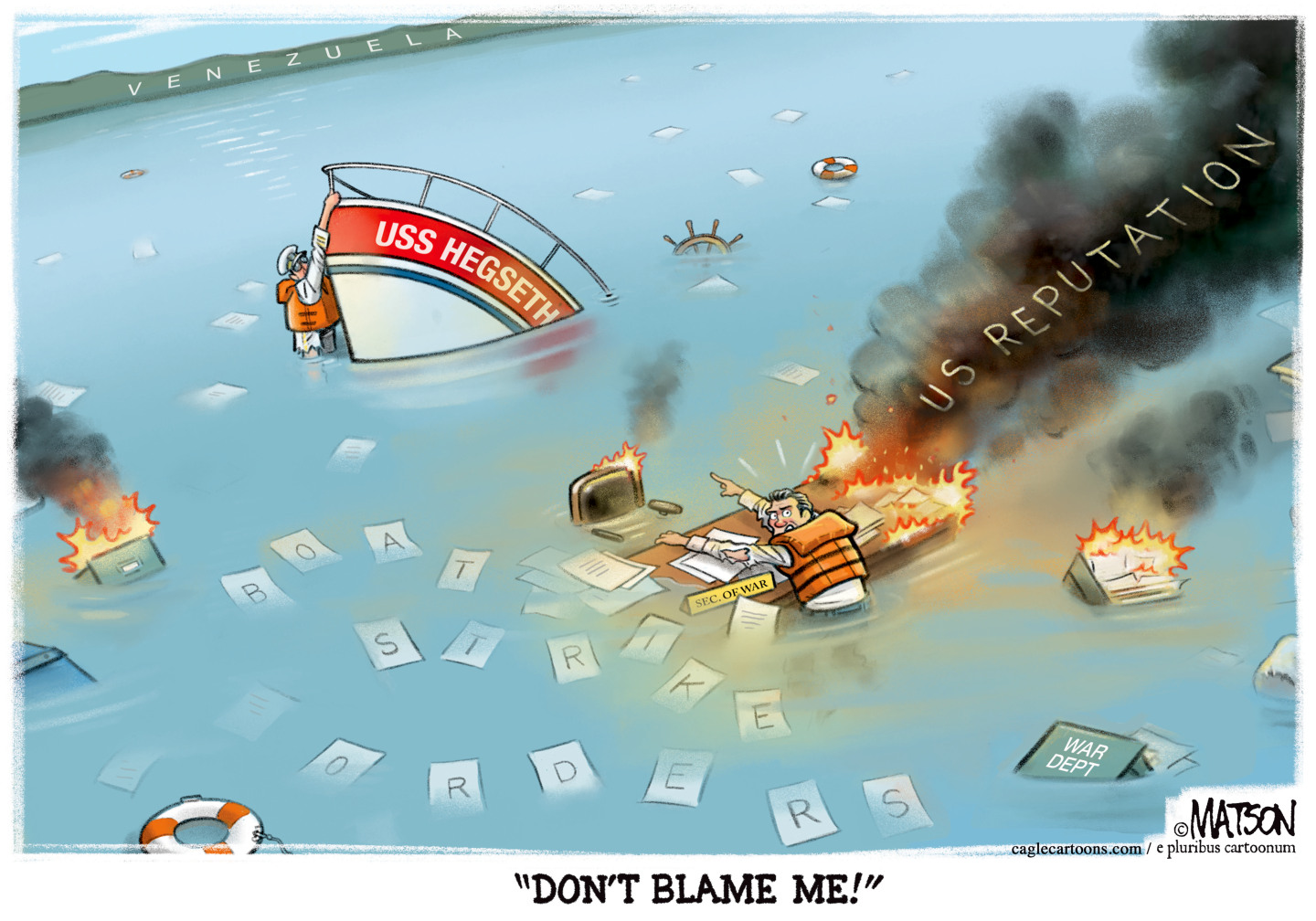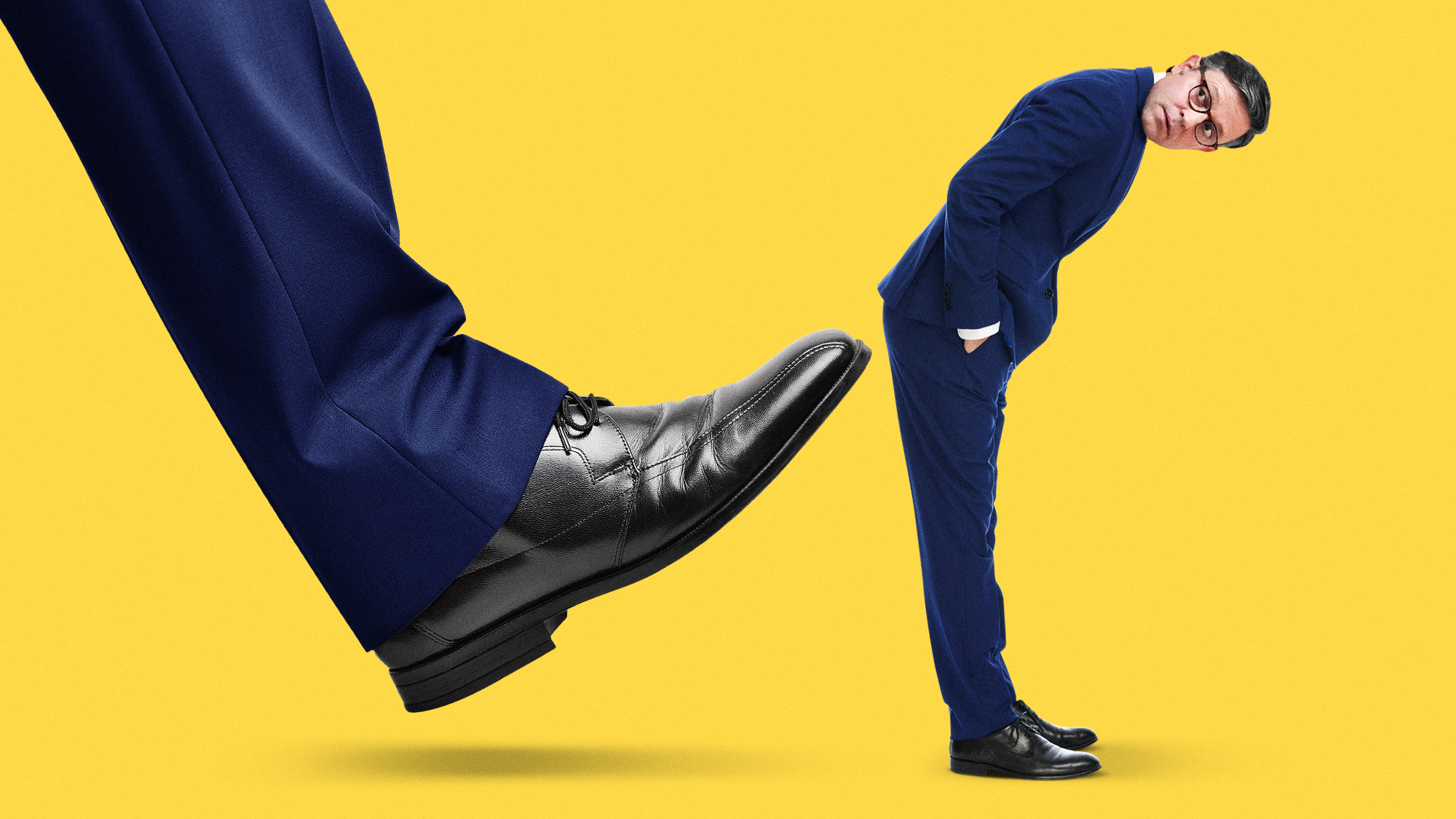What the American Airlines-US Airways merger means for customers
Higher prices, teething problems, and a new frequent-flyer program


On Thursday, American Airlines and US Airways announced an $11 billion merger that would see the creation of the world's largest airline. The merger caps years of consolidation in the U.S. airline market, 70 percent of which will now be controlled by just four companies: The new American-US hybrid (which will be named American Airlines), United Continental, Delta, and Southwest Airlines.
What does this mean for passengers? Some analysts see benefits for customers, particularly corporate clients that prefer airlines with larger domestic and international networks. Furthermore, "the wave of big mergers in the industry has created healthier and more profitable airlines that are now better able to invest in new planes and products," says Jad Mouawad at The New York Times, "including Wi-Fi, individual entertainment screens, and more comfortable seats for business passengers."
However, most independent analysts agree that further consolidation in the industry will likely lead to higher prices. The new American will have far more pricing power, and the Big Four have fewer competitors to contend with. The fare for a domestic roundtrip ticket has risen by more than 11 percent since 2009, according to the Bureau of Transportation Statistics. The latest merger may present opportunities for discount airlines like Spirit, but such carriers don't have the footprint of an American or United.
The Week
Escape your echo chamber. Get the facts behind the news, plus analysis from multiple perspectives.

Sign up for The Week's Free Newsletters
From our morning news briefing to a weekly Good News Newsletter, get the best of The Week delivered directly to your inbox.
From our morning news briefing to a weekly Good News Newsletter, get the best of The Week delivered directly to your inbox.
In addition, passengers can expect some snafus — or "teething problems" in airline industry parlance — as the two airlines come together. As The Associated Press reports:
The merger of two airlines often means confusion and hassle for customers. Which terminal or ticket counter do they go to for check in? If there is a problem with a ticket, which company should they call? For a while, United and Continental were issuing two confirmation numbers for each ticket so either airline's staff could make changes. Problems with the integration of their frequent flier programs angered many loyal road warriors and computer glitches caused repeated flight delays. It could be months, if not years, until all American and US Airways planes get a uniform paint job.
"These things are never as seamless as they seem," said Thomas Lawton, a professor of business administration at Dartmouth College's Tuck School of business. [Associated Press]
As for frequent flier miles, American says accumulated miles for both carriers will be honored until the merger is completed sometime in the third quarter. (The deal also needs to be approved by the Justice Department's antitrust division, though observers say it's unlikely to run into problems.) After that? "Under a likely scenario, US Airways fliers would be able to transfer their miles to America's AAdvantage program, and frequent fliers of both would be able to combine their miles into one account," says Jack Nicas at The Wall Street Journal. US Airways is expected to leave the Star Alliance, a frequent-flier group program that includes United.
A free daily email with the biggest news stories of the day – and the best features from TheWeek.com
Ryu Spaeth is deputy editor at TheWeek.com. Follow him on Twitter.
-
 5 criminally underrated cartoons about Pete Hegseth’s war crime
5 criminally underrated cartoons about Pete Hegseth’s war crimeCartoon Artists take on USS Hegseth, rats leaving the sinking ship, and more
-
 Can Mike Johnson keep his job?
Can Mike Johnson keep his job?Today's Big Question GOP women come after the House leader
-
 A postapocalyptic trip to Sin City, a peek inside Taylor Swift’s “Eras” tour, and an explicit hockey romance in December TV
A postapocalyptic trip to Sin City, a peek inside Taylor Swift’s “Eras” tour, and an explicit hockey romance in December TVthe week recommends This month’s new television releases include ‘Fallout,’ ‘Taylor Swift: The End Of An Era’ and ‘Heated Rivalry’